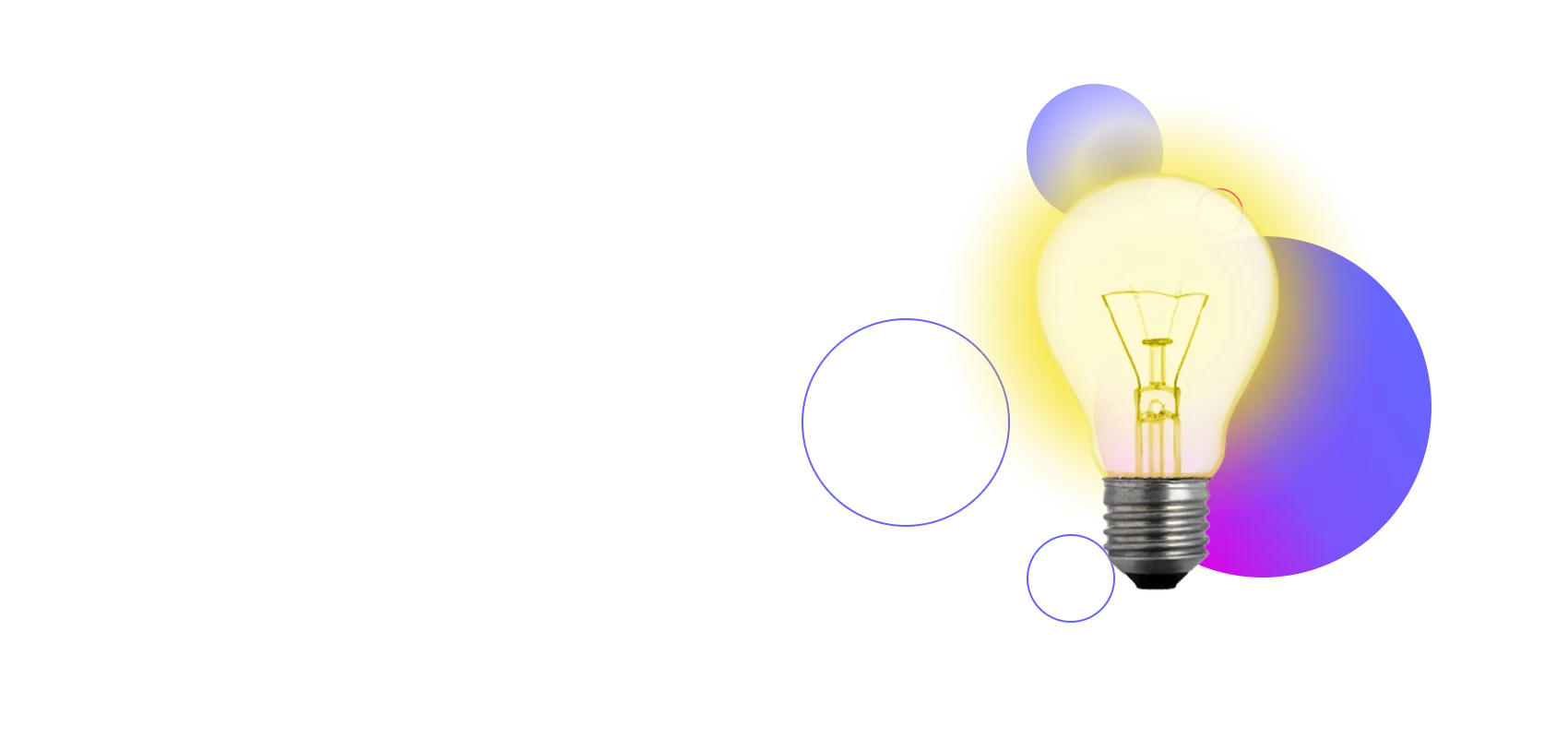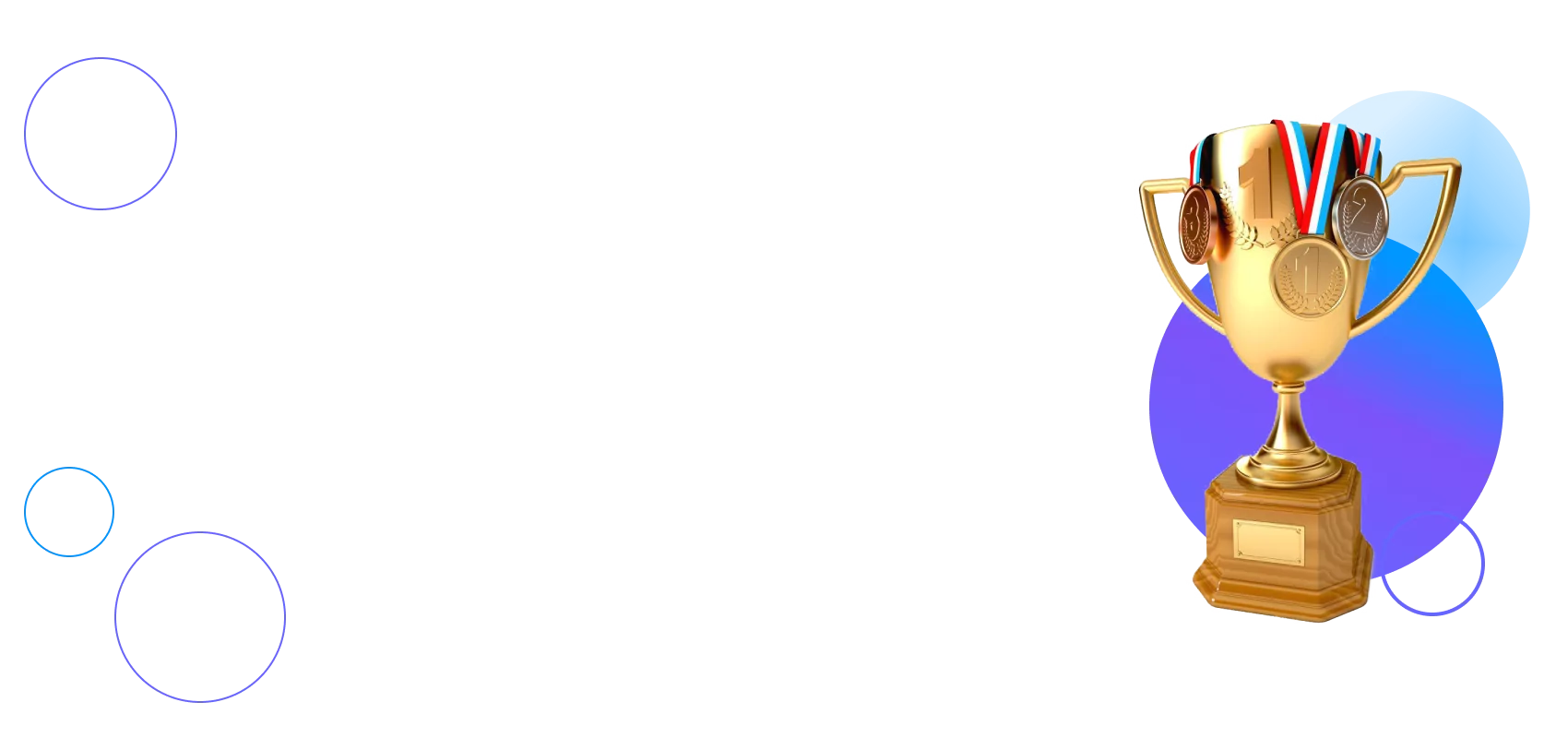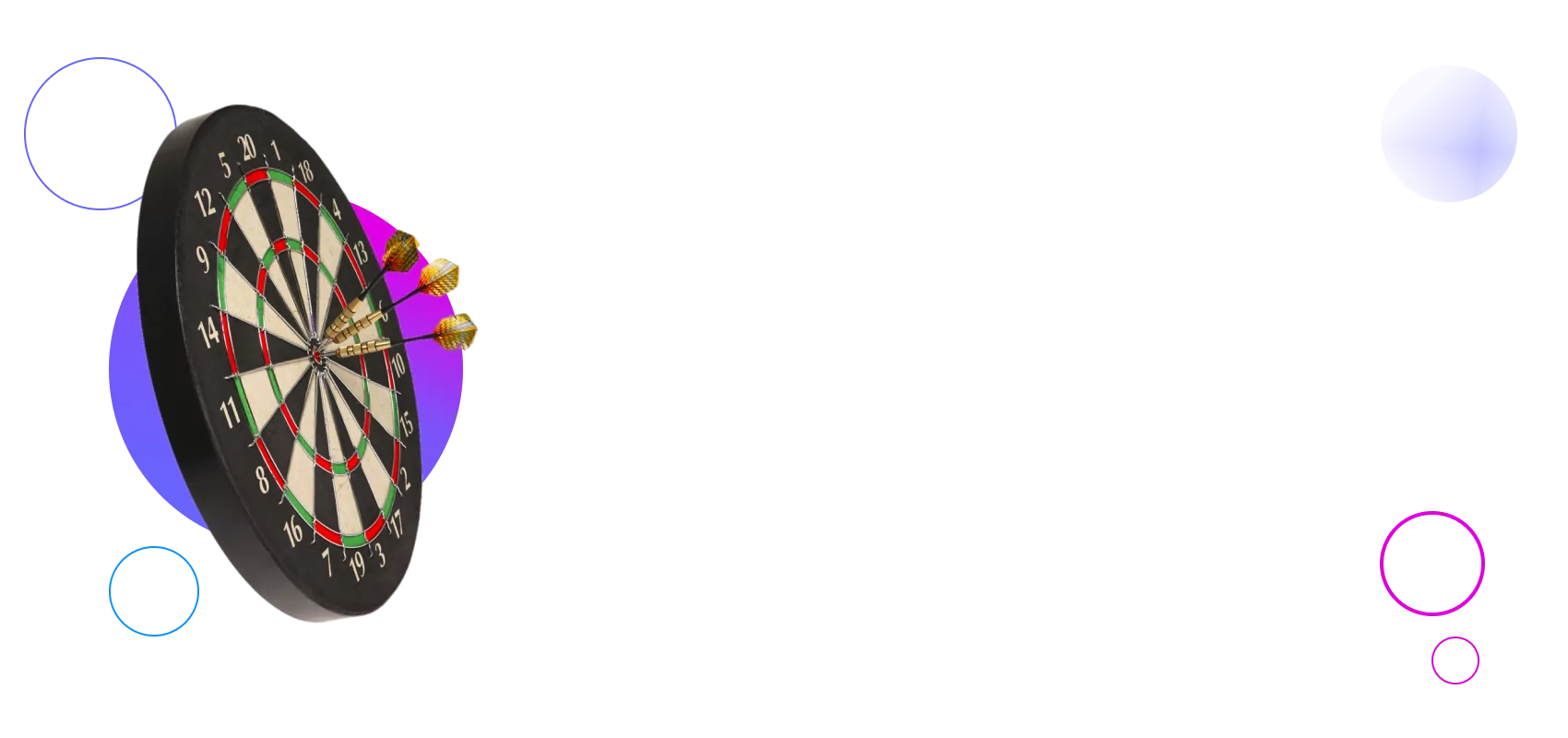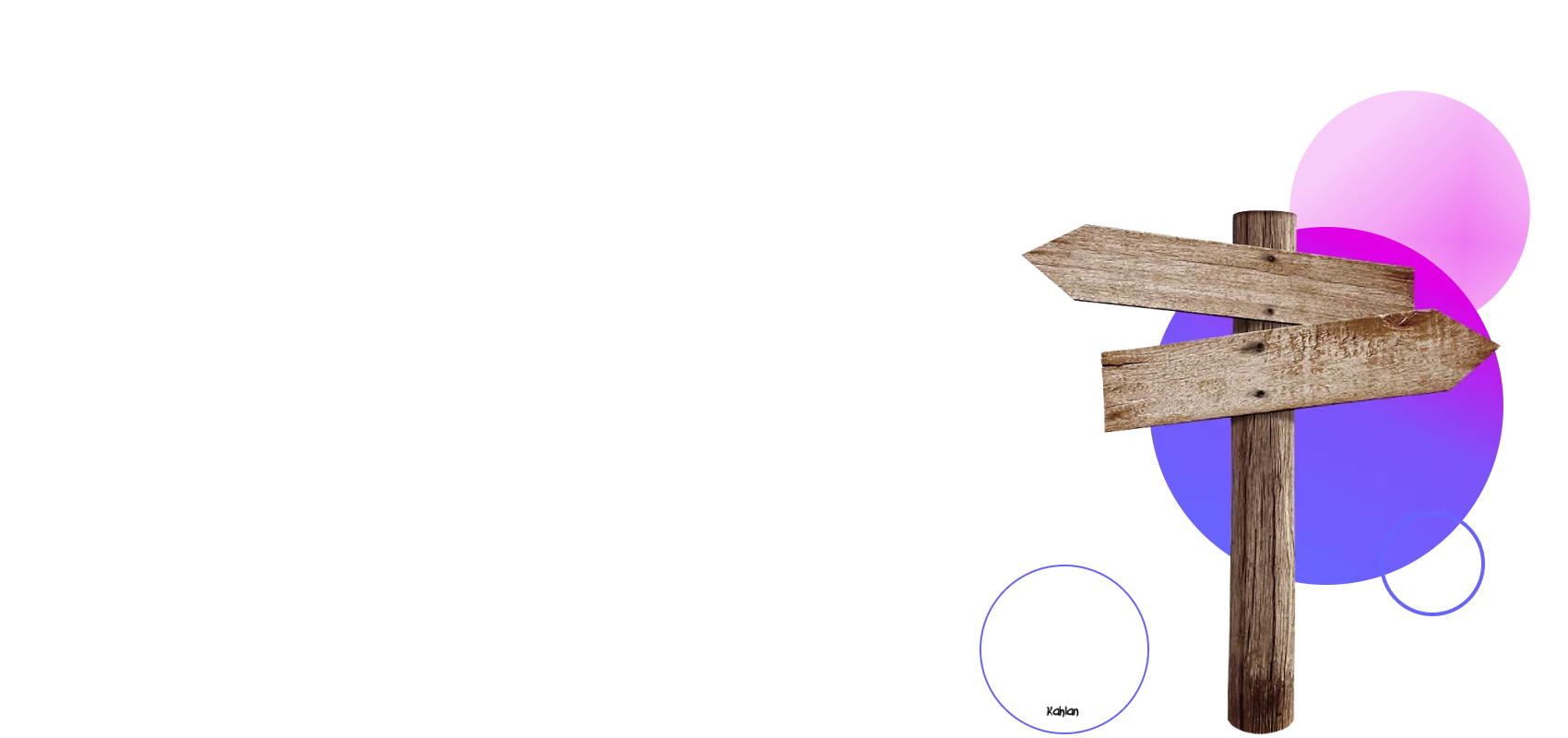 an App Idea in 2024 [A Complete Guide]" width="910" height="880" />
an App Idea in 2024 [A Complete Guide]" width="910" height="880" /> an App Idea in 2024 [A Complete Guide]" width="910" height="880" />
an App Idea in 2024 [A Complete Guide]" width="910" height="880" />
Mobile apps have become a ubiquitous part of our daily lives. With over 5 million apps available in major stores like Google Play and the App Store, the competition is fierce. And as an entrepreneur, you likely have innovative app ideas that you want to bring to market despite of that competition.
However, with so many apps already out there, how can you protect your unique concept? This is where protecting your app idea comes in.
This document gives you exclusive rights to your invention for a limited period. It legally prevents others from copying, selling, distributing, or even developing similar software without your permission.
While not all ideas can or should apply, understanding the mobile app patent application process can help secure your intellectual property. This comprehensive guide will walk you through everything you need to know about applying your mobile app idea in 2023.

In simple terms, a patent allows you to legally claim an invention or idea as your own intellectual property for a certain amount of time. The US Patent and Trademark Office (USPTO) defines the term as “the grant of a property right to the inventor” for up to 20 years.
This grants you exclusive control over the production and sale of your patented app idea. This prevents others from copying or otherwise benefitting from your software without your consent.
The document is extremely important for a software provider or tech startup looking to protect their unique ideas and inventions from replication. Having this status adds value to your application and enhances your ability to attract investors or sell your app. Overall, it makes your idea legally defensible.

ProCoders’ Discovery Phase Will Help You Make Your Patent Application More Wholesome. Help Our Experts Help You!
Get StartedAfter researching the topic, we’ve found the following reasons to consider patenting a mobile app:
All the points led to one reason – protecting your app idea and the resulting digital asset.
The most compelling reason to patent an app idea is to protect your intellectual property from replication. The status gives you the legal authority to stop other companies or developers from making unauthorized copies of your app. This includes using your source code, algorithms, user interface elements, and other novel features present in your app.
Unlike copyright which protects creative expressions, a patent protects the functionality of an app. So you can prevent competitors from developing the same core utility or purpose that makes your app idea unique. Having this status makes it difficult for “me too” mobile app ideas to simply duplicate your innovation without repercussions.

Understanding the different types of patents is essential before proceeding to patent an app idea. The US Patent and Trademark Office recognizes three main types:
Utility: These cover new and useful processes, machines, manufacturers, or compositions of matter. For app ideas, utility patents are the most relevant, as they protect the functionality and processes behind your app.
Design: Design patents protect the ornamental design or aesthetics of an invention. While less common for mobile ideas, they can apply if your app’s visual design is exceptionally unique and innovative.
Plant: These provisional patents are for inventors who have discovered and asexually reproduced new and distinct plant varieties. They are not applicable to an app idea.
You can potentially secure a patent for any novel mobile app idea. Here are some examples of patent mobile app ideas that are eligible:
However, you cannot apply mere themes, genres, or high-level concepts. For instance, you cannot patent a simple calorie counter or weather application as many similar apps already exist.
But if your idea has a totally unconventional method of counting calories or presenting weather data, you may be able to apply those specific methods. We can discuss it further during our Discovery Phase, choosing the right engagement model and preparing your idea for patenting.

Apply Successfully with ProCoders! Our Designers, Developers, Business Analysis, QAs, and Other Experts Are Ready to Study Your App Idea.
Contact Us!
Not all ideas are eligible for protection. To qualify, your project must meet certain criteria:
Uniqueness – The invention should be demonstrably unique compared to existing apps. You need to prove your app idea introduces new features, technology, or functionality.
Usefulness – The invention should have functional utility and solve a real-world problem in a new way.
Non-obviousness – Your invention can’t be obvious to someone skilled in app development like the ProCoders offshore developers. It needs to be sufficiently unconventional.
Concrete implementation – You can’t apply with vague notions. You need a specific process or framework for implementing the app idea.
Technical nature – The concept should have a technical aspect like software, algorithms, etc. You can even apply business methods sometimes.
Documentation – You need to fully describe your invention in writing, diagrams, and drawings so others can replicate it.
Fees – You must pay filing, attorney, and maintenance fees to apply and retain the status.
To be patentable, your concept should be an “invention” not just an “app idea”.
An idea refers to a general concept like “a calorie counting app” or “a travel app”. An invention, on the other hand, is a specific implementation like “a calorie counter using augmented reality to identify food items”. The use of AR makes it an inventive take on calorie tracking.
An invention introduces new functionality, technology, or features that have never been seen before. It should not be obvious to someone skilled in app development, whether you opt for onshore or offshore engineers. It needs to be sufficiently unique and unconventional.
To be granted a patent, you must prove your app idea is demonstrably unique. Here are some approaches to make your mobile app idea stand out:
Overall, emphasize what makes your app idea different. Explain why it raises the bar from conventional apps in your niche. This will strengthen your patent application. We at ProCoders can help you with this, residing in one of the best offshore software development countries.

Need Help Proving Your App’s Uniqueness? Apply for Our Discovery Phase and Let a Team of Specialists Work on It!
Let’s get started!Now, let’s finally find out how to patent mobile apps.

As the basic requirements and types of app patents are clear, let’s dive into the step-by-step process of applying with your mobile app idea:
Before applying, it is crucial to thoroughly research existing patents in your niche. This prevents you from accidentally violating someone else’s rights. Comprehensive research also identifies any potential infringement risks early on.
Patent search sources are the USPTO database of international filings as well as Google Patents. Look for similar documents by keywords, classifications, dates, and inventors’ names. Study the claims and descriptions of each closely related section in detail. See if your app idea infringes on any existing protected features.
Ideally, hire a registered patent attorney to conduct the patent search process for you. They can professionally analyze documents to determine if your mobile app invention has a green light. If not, they can help tweak your concept to avoid conflicts.
Your patent application has multiple components:
A patent lawyer can help draft error-free documentation explaining every aspect of your invention. ProCoders experts can study your idea and make compelling visuals and other deliverables for it. Mistakes can cause delays or weaken enforceability, so hire only professionals.
To prepare properly, you have to clearly describe how your invention works in the specification so others can replicate it. Break down algorithms, processes, UI design, etc. Focus the claims on your app’s novel aspects. Keep claims concise and don’t repeat across claims.
Of course, we always recommend engaging an experienced patent attorney to draft an error-free application and optimize the chances of approval. Don’t forget to list all potential inventors who contributed significantly to the development and have them sign declarations.
Our last preparation tip is selecting the correct category (utility, design, etc.) and classification codes for your application.
With meticulous prep and help from a patent lawyer, you can submit an airtight application that accurately captures your invention’s novelty. This smooths the application process.

When you’re satisfied with your patent application, it’s time to file it with the USPTO. There are two main options for filing:
A provisional patent is a lower-cost, temporary alternative that establishes your priority date before filing a full non-provisional patent application within 12 months. It has several benefits:
Overall, for many inventors, this type of application strikes the right balance between securing rights quickly and minimizing upfront costs.
Submit your full permanent patent application and filing fees to the USPTO electronically or on paper. Ensure accurate classification and documentation. Pay the required fees for your entity size. Track the application status online after filing.

An examiner will assess if your invention meets all patentability criteria including novelty, non-obviousness, and utility over 12-18 months. The examiner may issue rejections that your experienced software patent attorney must overcome with arguments and amendments. Go through all office actions diligently.
Address any office actions received during the examination by clarifying arguments through your patent attorney. Respond to rejections thoroughly explaining why your invention overcomes them. Amend claims if needed while retaining scope. Get valuable examiner feedback.
Once approved after prosecution, you will receive a grant generally within 18-24 months from filing. Your invention is now protected intellectual property for up to 20 years from the application filing date.
You must pay periodic maintenance fees to the USPTO to keep your patent eligibility including fees at 3.5, 7.5, and 11.5 years after grant.
Detect any potential infringements by monitoring your niche. Enforce your rights through cease and desist letters or litigation if others violate your protected IP.

So, how long do these stages take? We’ve researched this topic as well to make sure you know the timeframes to get an official patent for your mobile app development.

The timeline for patenting a mobile app idea can vary widely, but here’s a general overview of the process:
Filing the Provisional Application: This step can be completed relatively quickly, typically within a few days to a couple of weeks.
Non-Provisional Patent Application: After filing the provisional patent application, you have one year to submit the non-provisional one. This period is crucial for further developing your app idea and ensuring it meets all requirements.
Examination: Once your non-provisional application is submitted, it enters the examination phase at the USPTO. This phase can take anywhere from 18 to 36 months, depending on the backlog and complexity of your application.
Issuance: If your application is approved, you will receive a grant. This can take an additional 6 to 12 months from the end of the examination phase.
Maintenance: After obtaining the status, you must pay maintenance fees to keep it in force. These fees are due periodically throughout the life of the document.
Keep in mind that the timeline can be influenced by factors such as the backlog at the USPTO, the complexity of your application, and any rejections or objections that may arise during the examination phase.
Becoming a mobile app patent example is tempting, but we’ve noticed it’s not for every business owner.

While applying your app idea can offer significant benefits, it may not be the right choice for every owner. It has its downsides:
For many developers, maintaining trade secrets or being first-to-market may suffice for short-term gains. Weigh app patent cost vs long-term value before applying.
While these documents protect your intellectual property, they can inadvertently obstruct your own progress by limiting access to foundational resources that underpin your invention. Here are some examples:
Overall, extensive patenting in a field can inadvertently wall off access to future adjacent innovations. This highlights the need to draft careful claims around your specific novel invention without overextending into foundational building blocks that enable future progress.

Are You Uncertain as to the Patenting of Your App Development? Apply for the Discovery Phase and ProCoders Will Help You Get Through the Process!